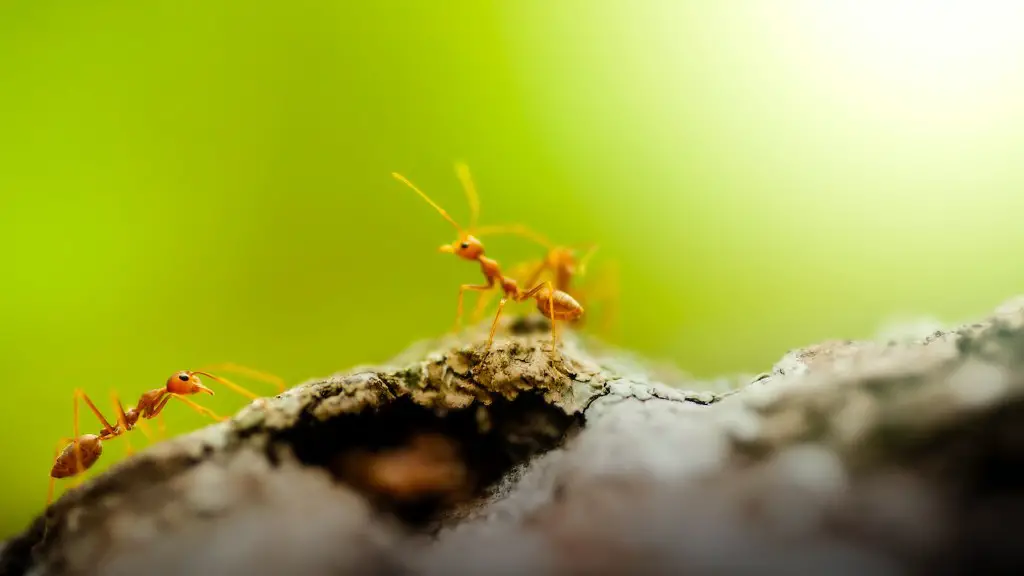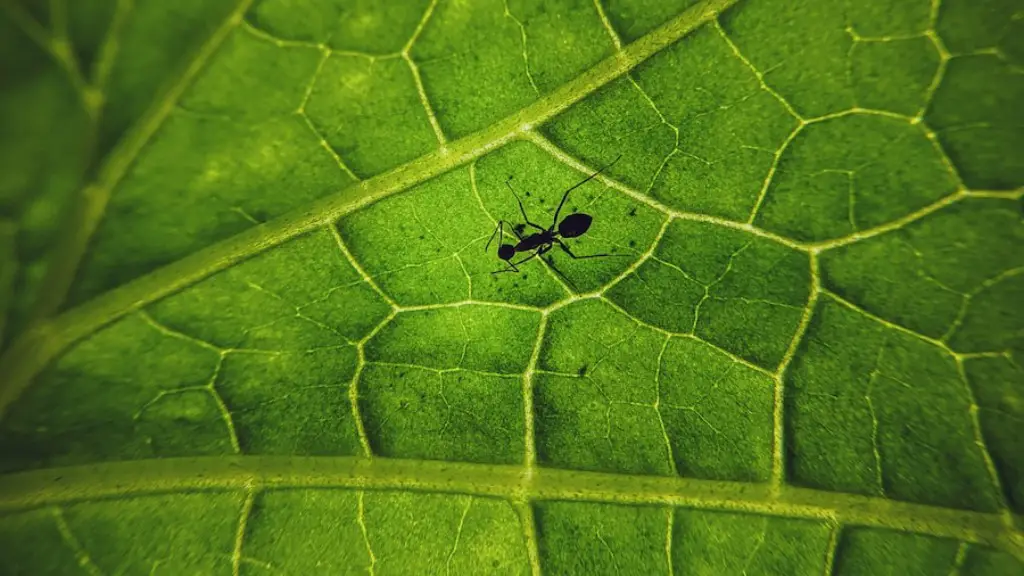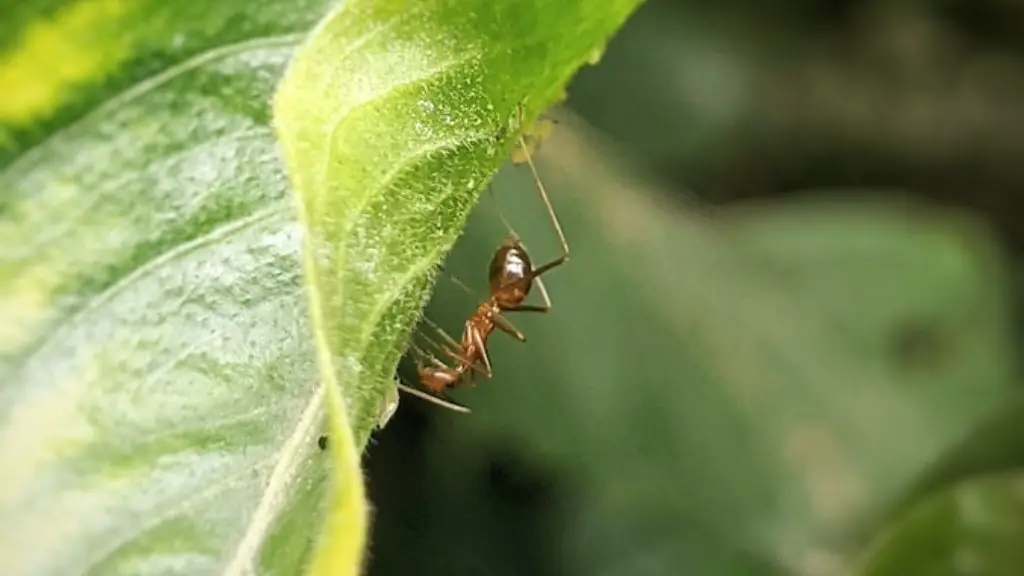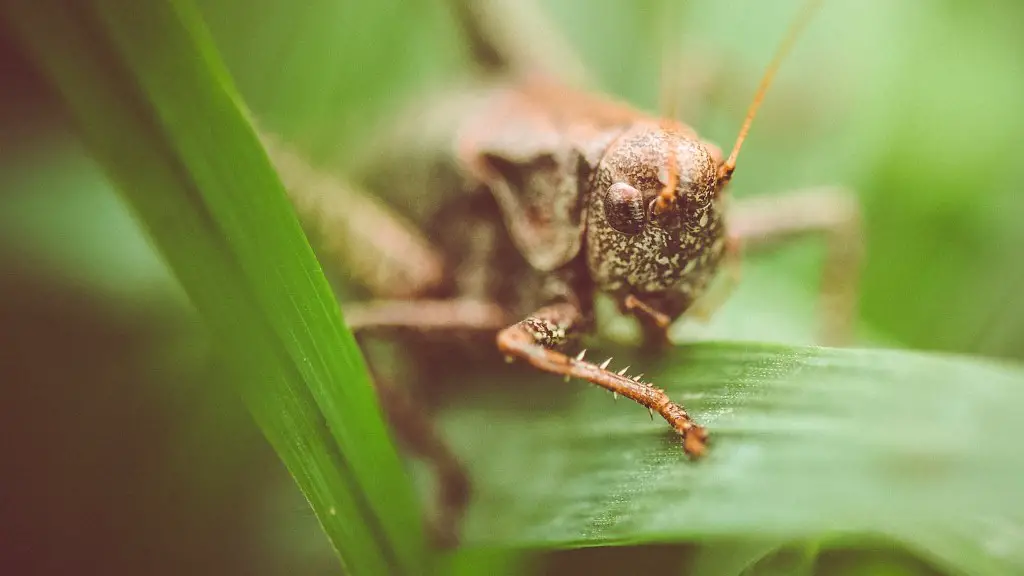Ants are among the most successful animals on the planet, with over 12,500 known species and an ancient lineage of over 100 million years. As such, they have evolved precise feeding habits which vary from species to species, from scavenging to predation of other insects, and from feeding on nectar, fruits and fungi to consuming small insects.
Traditionally, ants are known as plant-eating insects, as some are known to feed on pollen, seeds, and nectars, directly or indirectly. But can ants be a real threat to plants? Do ants eat plant roots?
Studies show that ants can cause significant damage to plants and trees, as most of them like to eat components of root systems and stems, including root hairs and stem hairs, respectively. In some cases, they can even feed on inner parts of the stem and root, damaging the vascular systems of the plant and helping to spread plant diseases. This is particularly true in the case of invasive ants, which thrive in new and unfamiliar environments, often taking advantage of the lack of natural predators.
However, some ant species do not feed on plant roots or stems, such as the Argentine ant and the European fire ant. Instead, these species are known for foraging for sweet and fatty foods and eating dropped crumbs and other human food. Therefore, it is important to inspect which species is causing damage to plants.
The most damaging species of ants include the Pharaoh ant, the black crazy ant, the red fire ant, and the red imported fire ant (RIFA). These ants are known to feed on plant roots as well as stems, causing considerable damage to horticultural and agricultural crops, such as cotton, soybeans and corn.The infamous RIFA is notoriously known for causing serious damages in its native South America, but also invades Texas and Florida, establishing extensive colonies with multiple queens, and preying on other insects, such as aphids.
Despite the threat they cause, ants can also be beneficial in controlling harmful pests and decreasing their populations. For instance, many species of ants, such as the Camponotus, prey on small insects, such as aphids, scales, mealybugs and bean beetles, keeping them away from plants. Therefore, it is important to identify the species of ants, as they can sometimes be beneficial in safeguarding crops.
Generally, ants can cause serious damage to plants in their journey for food, resources, nesting sites and water. So, it is important to understand the feeding tendencies of these insects in order to protect crops and reduce the risk of economic damage.
Identification of Ant Species
Before taking any precautionary measures, it is important to correctly identify the ant species present in the farming site. Some species of ants have different and very specific behaviors, as well as preferences regarding food and nesting sites. Therefore, it is essential to search for a professional local entomologist who can help in the identification of the species.
Chemical Control Measures
Once the ant species is identified, it is possible to start the implementation of chemical control measures. In this case, the use of insecticidal bait and sprays can be effective in controlling their populations and protecting the plants. However, the use of chemical controls should be taken with caution, as some ant species can be considered beneficial and should be maintained in balance in a farming environment.
Physical and Mechanical Control Measures
Physical and mechanical control measures are also widely used in ant control. These include trapping and baiting, handpicking, and the use of different repellents. Trapping and baiting, in particular, can be effective in preventing ant infestations, when used correctly and in the right areas. For instance, bait stations containing sugar and water can be placed in areas with high populations of ants. As they try to enter the station and consume the sweet bait, they are killed, limiting their populations.
Integrated Pest Management Strategies
The best way to manage any ant infestation is by using an integrated pest management (IPM) approach. This includes the use of various control strategies in order to reduce the population of an ant species, such as the use of physical, mechanical, and chemical controls. Additionally, it is important to maintain a balanced and healthy agricultural environment, free of weeds that could attract the ants, as well as provide shelter for them.
Conclusion
Ants can cause considerable damage to plants and trees, as most of them like to feed on their root systems. However, their feeding habits vary from species to species, so it is vital to identify the species present in the farming site in order to take the appropriate preventive measures. In this case, an IPM strategy is often the most efficient way to achieve successful ant control, as it involves the use of various control strategies together, such as physical and chemical controls.



